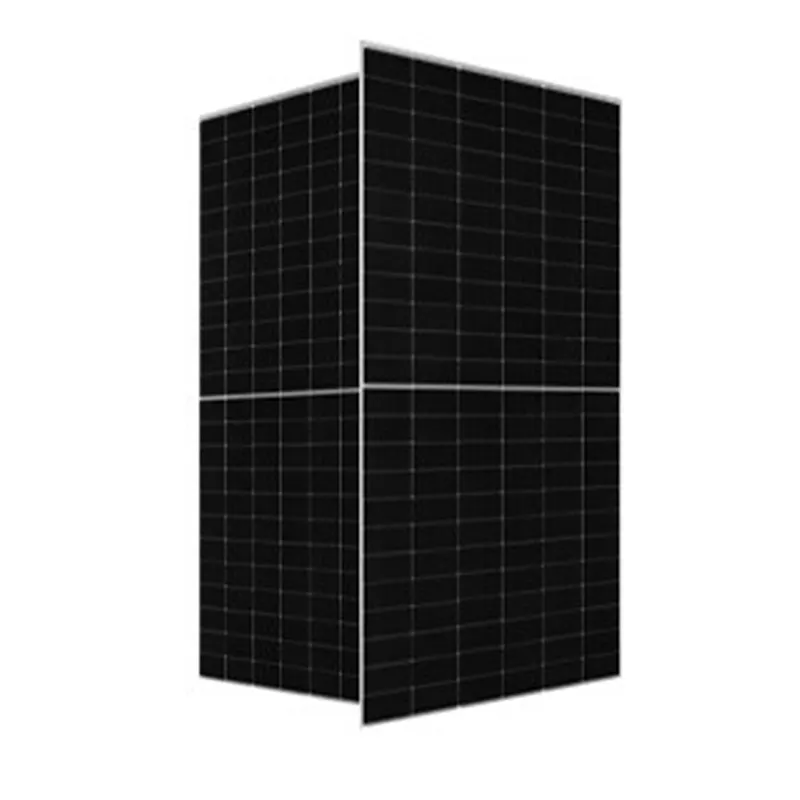Efficiency of Bifacial Solar Panels
Understanding the Efficiency of Bifacial Solar Panels
As the world shifts towards renewable energy sources, solar power has emerged as a leading technology. Among the innovations in solar technology, bifacial solar panels represent a significant advancement due to their enhanced efficiency and energy generation capabilities. These panels are designed to capture sunlight from both sides, thus increasing their overall energy output and maximizing available solar energy harvest.
Bifacial solar panels utilize a dual-sided design, allowing them to absorb sunlight from the front and rear. This unique feature enables the panels to take advantage of reflected light, which can substantially boost their performance, especially in locations with bright, reflective surfaces like snow or sand. By harnessing albedo, or reflectivity, bifacial panels can achieve efficiency rates that surpass traditional monofacial solar panels.
The efficiency of bifacial solar panels can vary widely based on several factors, including the installation angle, the type of mounting, and the environmental conditions of the site. Some studies have shown that bifacial panels can produce up to 20-30% more energy than their monofacial counterparts under optimal conditions. This impressive increase in energy yield makes bifacial panels an attractive option for both residential and commercial installations.
efficiency of bifacial solar panels

One critical aspect of bifacial panel efficiency is the use of high-quality materials. Many manufacturers incorporate advanced technologies and materials that enhance light absorption and minimize energy loss. The use of transparent back sheets, for instance, allows more sunlight to penetrate the rear side of the panel. Moreover, the implementation of PERC (Passivated Emitter and Rear Cell) technology in bifacial panels further improves efficiency by allowing for better electron mobility, thereby generating more electricity.
Another factor contributing to the efficiency of bifacial solar panels is their effectiveness in different environments. In areas with significant ground albedo, such as deserts or snowy regions, bifacial panels can leverage the additional reflected sunlight to boost their performance. This adaptability makes them a versatile choice for solar projects across diverse geographical locations.
However, it is essential to consider the installation approach to maximize the benefits of bifacial technology. Proper tilt and spacing can prevent shading and ensure optimal sunlight exposure from all angles. Ground mounting systems that elevate the panels above the ground can further enhance their access to reflected light, thus improving overall energy output.
In conclusion, bifacial solar panels represent a significant breakthrough in solar technology, offering increased efficiency and energy generation capabilities compared to traditional solar panels. Their ability to capture sunlight from both sides, along with advancements in materials and installation techniques, positions them as a leading choice in the renewable energy landscape. As the demand for sustainable energy solutions continues to rise, bifacial solar panels are poised to play a crucial role in maximizing the potential of solar power.
-
Navigating Off Grid Solar Inverter: From Use Cases to Trusted PartnersNewsAug.05,2025
-
Solar Edge String Inverter: A Wholesaler’s Guide to Inverter Technology SelectionNewsAug.05,2025
-
Microinverters: Revolutionizing Solar Energy UseNewsAug.05,2025
-
Future of Monocrystalline Solar Panel Efficiency: Latest Technological AdvancesNewsAug.05,2025
-
Solar Panels for House: A Complete Guide to Residential Solar EnergyNewsAug.05,2025
-
Panel Bifacial Performance in Snow and Low-Light ConditionsNewsAug.05,2025







